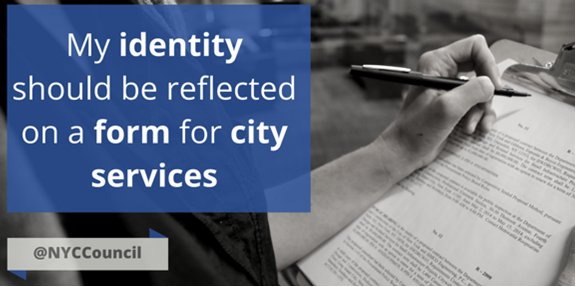From studying the effectiveness of tax breaks and tracking community benefits agreements,to requiring more data for improving services and increasing our city’s rainy day funds, we’ve taken aggressive steps to make sure government better serves New Yorkers.
When the City or a private developer seeks a zoning change, they often commit to building new schools or infrastructure, mitigating environmental impacts, or taking other steps to improve the surrounding neighborhood. But these promises are too often left unfulfilled, forgotten or ignored. That’s why the Council passed legislation requiring the City to establish and maintain a publicly accessible, searchable list of written commitments made in connection with most land use applications, including for rezonings.
New York City provides over $2.8 billion in annual economic development tax breaks to stimulate job creation, encourage investment in commercial real estate, and promote investment in equipment and training. In spite of this spending, there has been no regular review of how effective these tax breaks really are. That’s why in 2016, a Council-led task force released a report outlining how the City can introduce a standardized process to evaluate how successful these tax breaks are in achieving their intended goals. The Council has taken steps to implement this process.

Demographic data is essential to the thoughtful development and evaluation of policies, especially for problems that affect specific groups and need targeted solutions. Yet we have very little demographic data regarding Asian Pacific Americans and individuals who identify as multiracial (two of the fastest growing demographic groups in New York City) and for the LGBTQ community. To correct this deficiency, the Council passed legislation requiring all city agencies that collect demographic data from the people they serve to also begin doing so for Asian Pacific Americans, multiracial New Yorkers, and LGBTQ persons.
The experiences young people gain through the Summer Youth Employment Program (SYEP) help increase their school attendance and decrease incarceration and mortality rates among them. To further champion this program, the Council successfully advocated for expanding SYEP to support 60,000 teenagers. We also initiated and partnered with the Administration to convene a Youth Employment Task Force. With members from city agencies, philanthropic organizations, and research and advocacy communities, the Task Force will publish a report with both programmatic and budgetary recommendations to improve the City’s youth jobs programs.
When the economy hits a rough spot, city services become a lifeline for many New Yorkers. Often, however, the City’s revenues take a hit at the same time, making it harder to fund those urgently needed services. Recognizing this, the City puts money aside in good years to help maintain services in bad times. Through the efforts of the Council, $500 million was added to the Retiree Health Benefit Trust Fund at the start of Fiscal 2017. This brought total reserves to $9.4 billion, or about 11 percent of the adjusted operating budget.
